The design of most modern British sea kayaks stem from one very particular kayak, which came to be through a specific set of circumstances. While sea canoeing has been a British pastime for over a hundred years it was done in boats that were more closely related to sailing and rowing boats than the modern designs we now have. So how did this modern design come about?
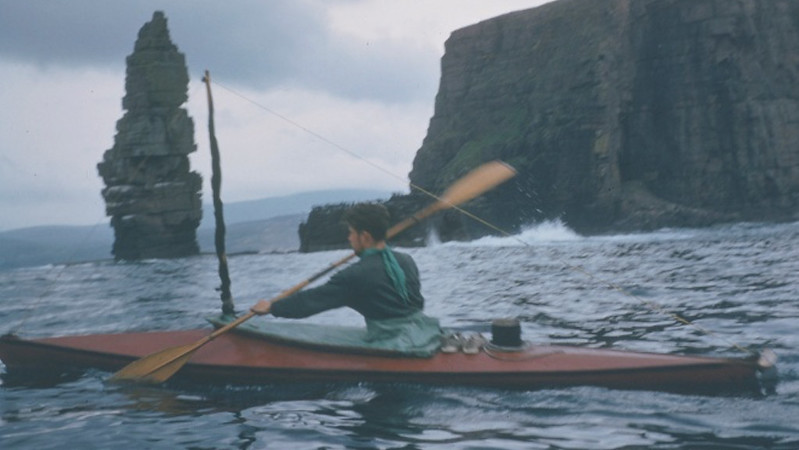
Photo by Campbell Semple of Kenneth Taylor passing the Old Man of Stoer
In the 1958 two friends Kenneth Taylor and Campbell Semple went on a sea canoeing expedition on the West Coast of Scotland. From the Firth of Clyde up to and around Cape Wrath on the North West tip.
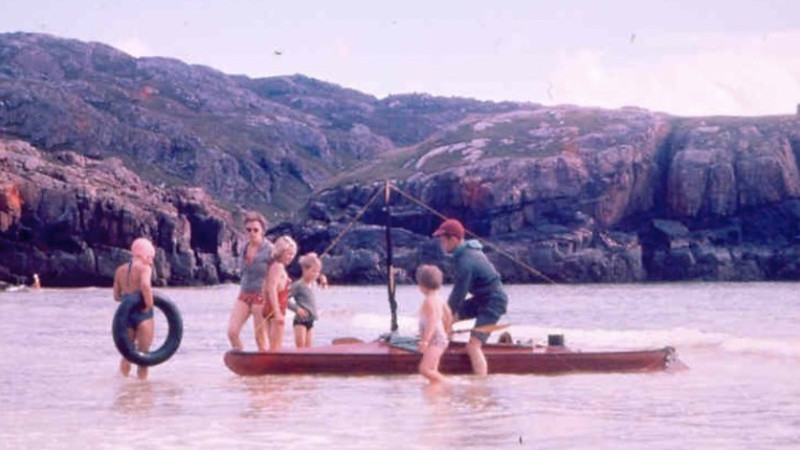
Photo by Harald Drever of Kenneth Taylor at Kinlochbervie
The day before they went around Cape Wrath they met Dr Harald Drever, a geologist at St Andrews University. He had been to Iiiorsuit on the West coast of Greenland several times and was a great admirer of the villagers kayaking skills.
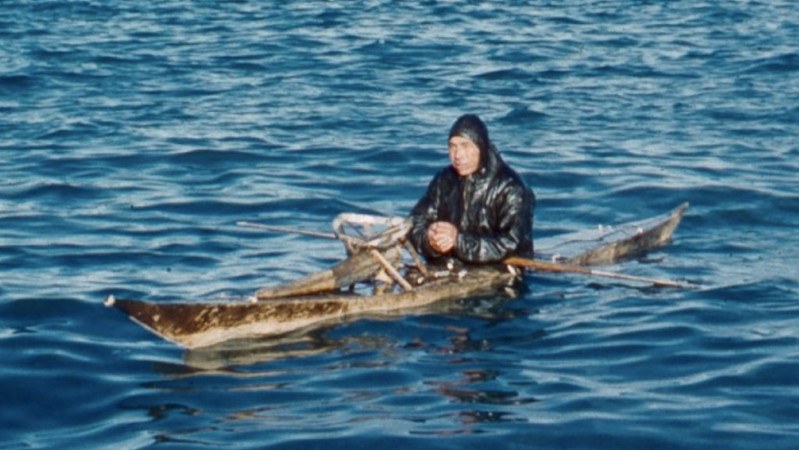
Photo by Kenneth Taylor of Enoch Nielsen, Illorsuit’s champion roller
Dr Drever arranged for Ken to spend the next summer in Illorsuit studying the Inuit culture of kayaking. While he was there Ken had local kayak maker Emmanuele Korneliusen build a kayak for him. On his return to Scotland he gave demonstrations of the kayak. Those that tried it were very impressed, not surprising after hundreds of years of development.
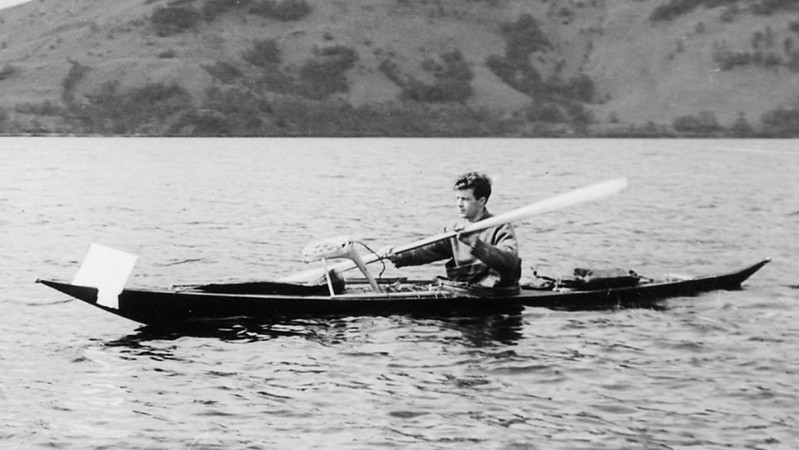
Photo by Duncan Winning of Kenneth Taylor demonstatring his Illorsuit kayak
In 1964 Ken moved to America and left his kayak with his friend Joe Reid. Joe’s paddling partner Duncan Winning took careful measurements and made drawings of the kayak which he made freely available to anyone interested, which included Geoff Blackford.
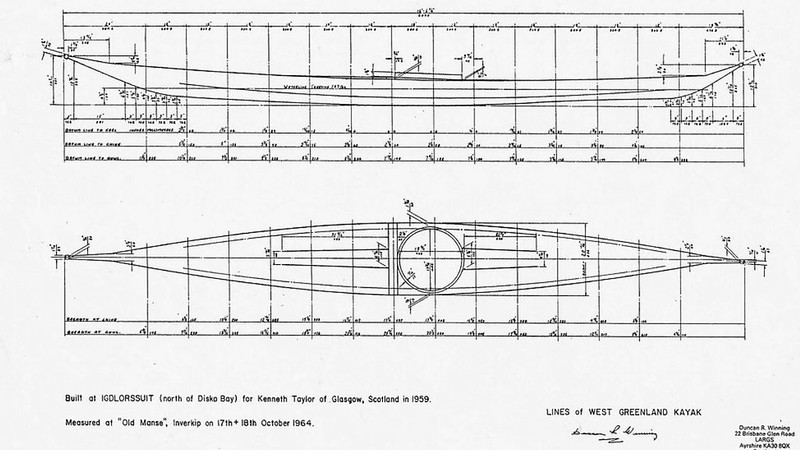
Scale drawing by Duncan Winning of Kenneth Taylor's Illorsuit kayak
Geoff took the design, lengthened the hull, raised the fore deck, enlarged the cockpit, built a boat out of plywood and called it the Anas Acuta. Carl Quaife took a fiberglass mould off the boat. Alan Byde then did considerable additional work on the mould.
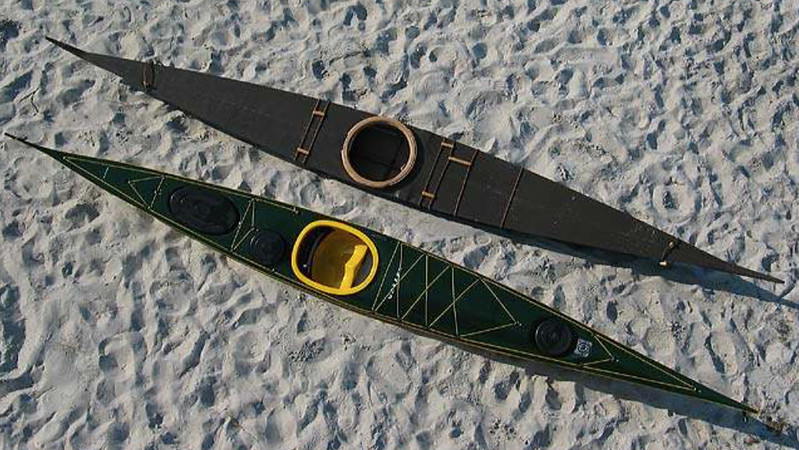
Photo from Valley Sea Kayaks of a modern Anas Acuta next to an exact replica of Kenneth Taylor's
Frank Goodman was by then successfully manufacturing fibreglass river kayaks under the company name Valley Canoe Products. He came to an agreement with Geoff, Carl and Alan to build the Anas Acuta under licence. And so in 1972 the first commercially available sea kayak with Inuit inspired design was born in Britain.
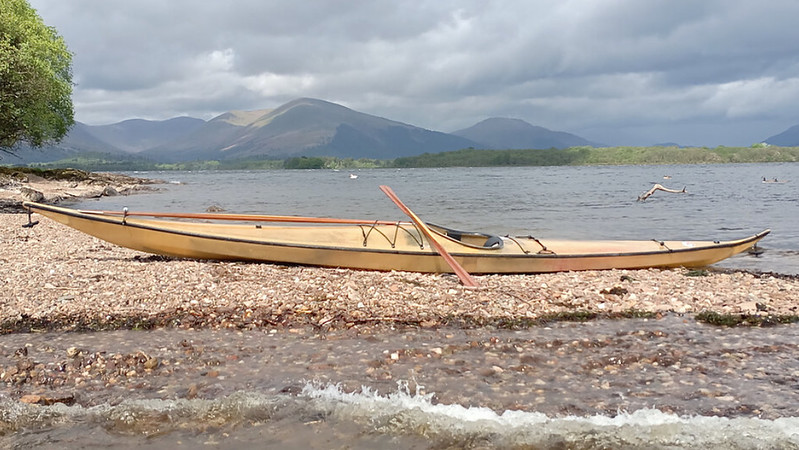
Photo by Jon Camwader of his refurbished early 1970's Anas Acuta
In 1975 a team requested a new boat design for a 500 mile sea kayak expedition to Europe’s most northerly point. Frank using his river kayak design knowledge gave the boat soft chines to be more forgiving and longer length to carry expedition weight and this became the Nordkapp.
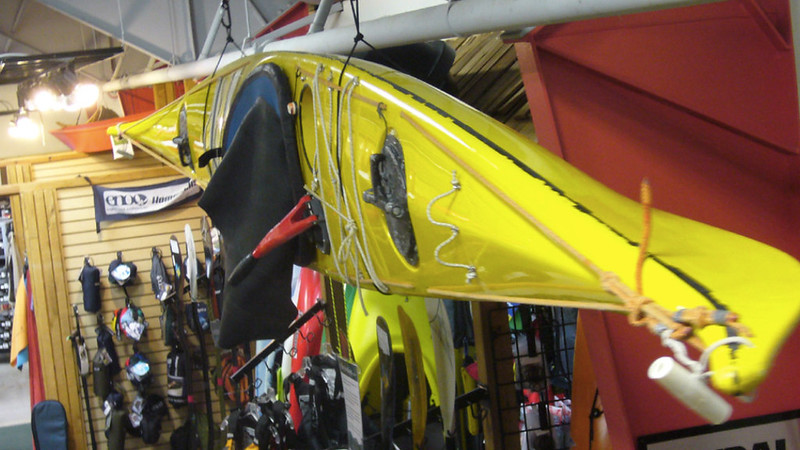
Photo by Darren Bush of Rutabaga Paddlesports of a boat from the Nordkapp expedition
Then came a request from Frank's firends, Stan Chladek and Nigel Dennis, to make a soft chined, shorter version of the Anas Acuta for day trips and teaching sea kayaking and the Pintail was born.
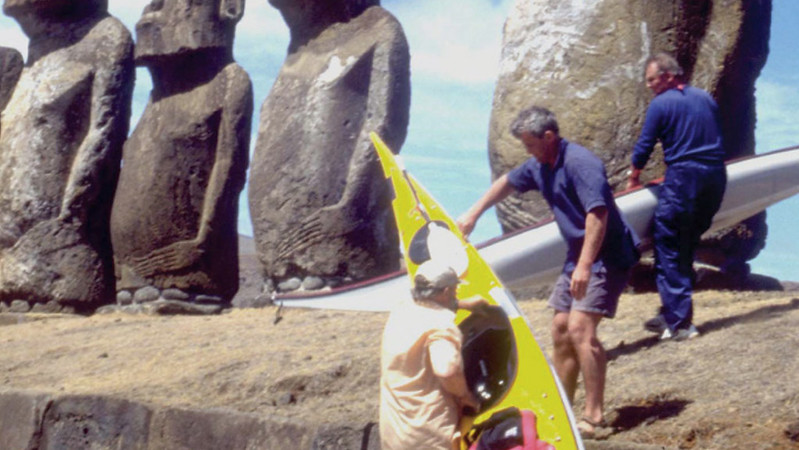
Photo of Frank Goodman, Nigel Dennis and Stan Chladek on expedition to Easter Island
And from the Pintail came the Romany, but that is another story for another time...
Sources:
- Kayak hunting in Illorsuit, Greenland 1959 by Ken taylor
- Ken Taylor's Igdlorssuit Kayak by Duncan Winning
- Valley Sea Kayaks History by Valley Sea Kayaks

By Philip Clegg
With over two decades of working in the sea kayaking industry, Phil can be found on a daily basis coaching on the sea around Anglesey. That's when he's not researching and writing on all things sea kayaking.
